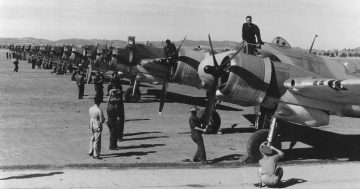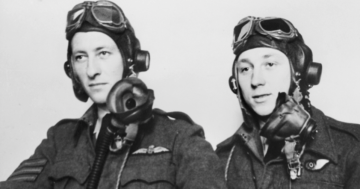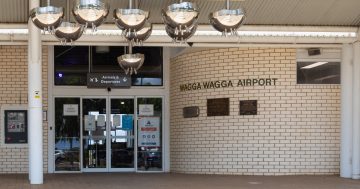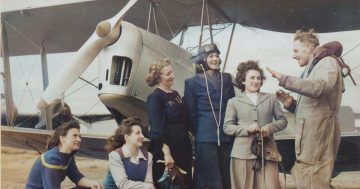
Wing Commander Tony Wennerbom with the precinct’s new storyboards. Photo: Anna Maskus.
Veterans and serving members from the Riverina have officially opened a memorial highlighting the role regional towns played in supporting the Royal Australian Air Force (RAAF) during World War II.
The new precinct on the RAAF’s Forest Hill base is a memorial to the Empire Air Training Scheme (EATS), which was responsible for the base’s biggest growth period ever.
EATS also represented the single largest combined mobilisation of Commonwealth air forces during WWII.
The RAAF Wagga Aviation Heritage Centre now hosts 10 storyboards describing how regional towns contributed to EATS as well as a memorial plinth marking each town on a map.
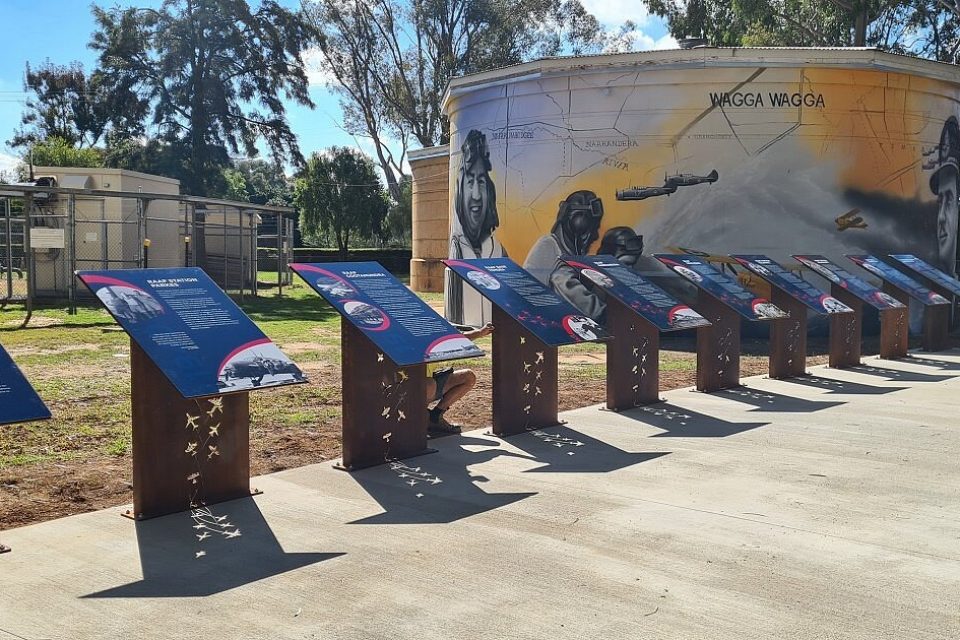
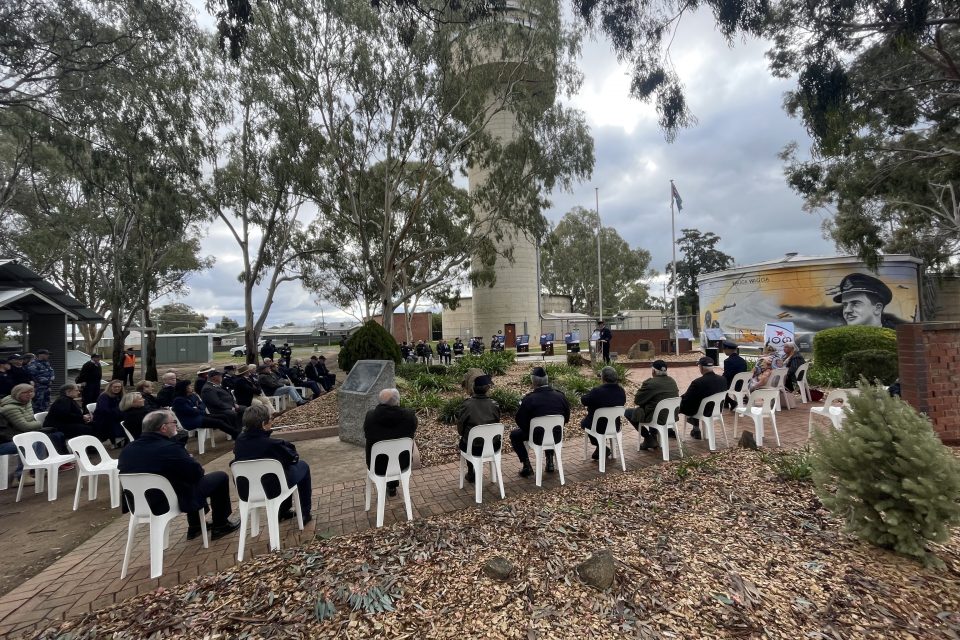
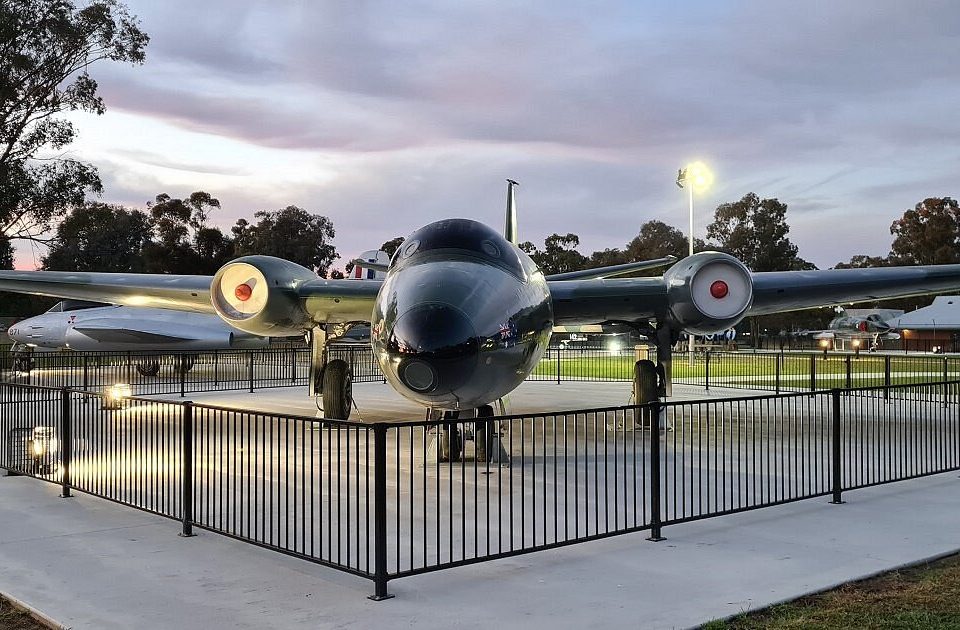
The precinct is overlooked by a water tank mural painted by South Australian artist Sam Brooks, which was unveiled in March this year.
Wing Commander Tony Wennerbom, who served in the Air Force for 36 years, was delighted that the precinct was visibly taking shape.
“We’re just completing our centenary celebrations, and each of the regions had an opportunity to commemorate something in their aviation history that was significant to them, ” he said.
“The role of EATS was critically important to the RAAF base here in Wagga.”
The Royal Air Force in England needed 50,000 aircrew annually at the beginning of WWII, but could only supply 22,000 themselves. Australia undertook to provide the Allied war effort with 28,000 aircrew over three years – over a third of the Commonwealth’s requirements – a feat that British Prime Minister Winston Churchill was said to have claimed “leaves [Britain] heavily in their debt”.
As a result, more than 200 training bases were constructed throughout Commonwealth countries worldwide for EATS, including nine bases across the Riverina.
“After WWII, a lot of the aircraft was cut up and melted down to recoup the metals in them, and so there’s a large chunk of history that was lost, particularly for the veterans,” WGCDR Wennerbom said.
He said maintaining places like the Heritage Centre was important for the next generation of airmen and women, so new recruits could understand the gravity of the history they were inheriting.
Volunteer Bob Gnezdiloff said he was excited to see such dedication to the preservation of history.
“One of my favourite experiences is meeting veterans who visit, and it’s amazing that they come so far to Wagga from all corners of Australia, and they really appreciate the effort that is put in at this base,” the veteran of 20 years said.
The precinct will grow and develop in coming months.
“There is a replica of Coomalie Creek Chapel being built that will open later in the year,” WGCDR Wennerbom added.
Coomalie Creek Airfield is a functioning WWII airfield located in the Northern Territory about 90 kilometres south of Darwin, and opened on 12 December 1943.
Number 31 Squadron was the only operational WWII squadron that was formed at the RAAF base in Forest Hill. The airmen relocated to Coomalie Creek in 1942, where they prepared to serve in South East Asia defending Australia against Japanese forces.
The original chapel at Coomalie is long gone due to a combination of termites, fire and the elements.
However, in 1992, a replica was built on the very same spot by the present owner Richard Luxton, who flew from the Northern Territory to attend the opening of the precinct.
A second replica is being built at the Forest Hill base, just beside the EATS precinct, and is expected to open in July this year.







